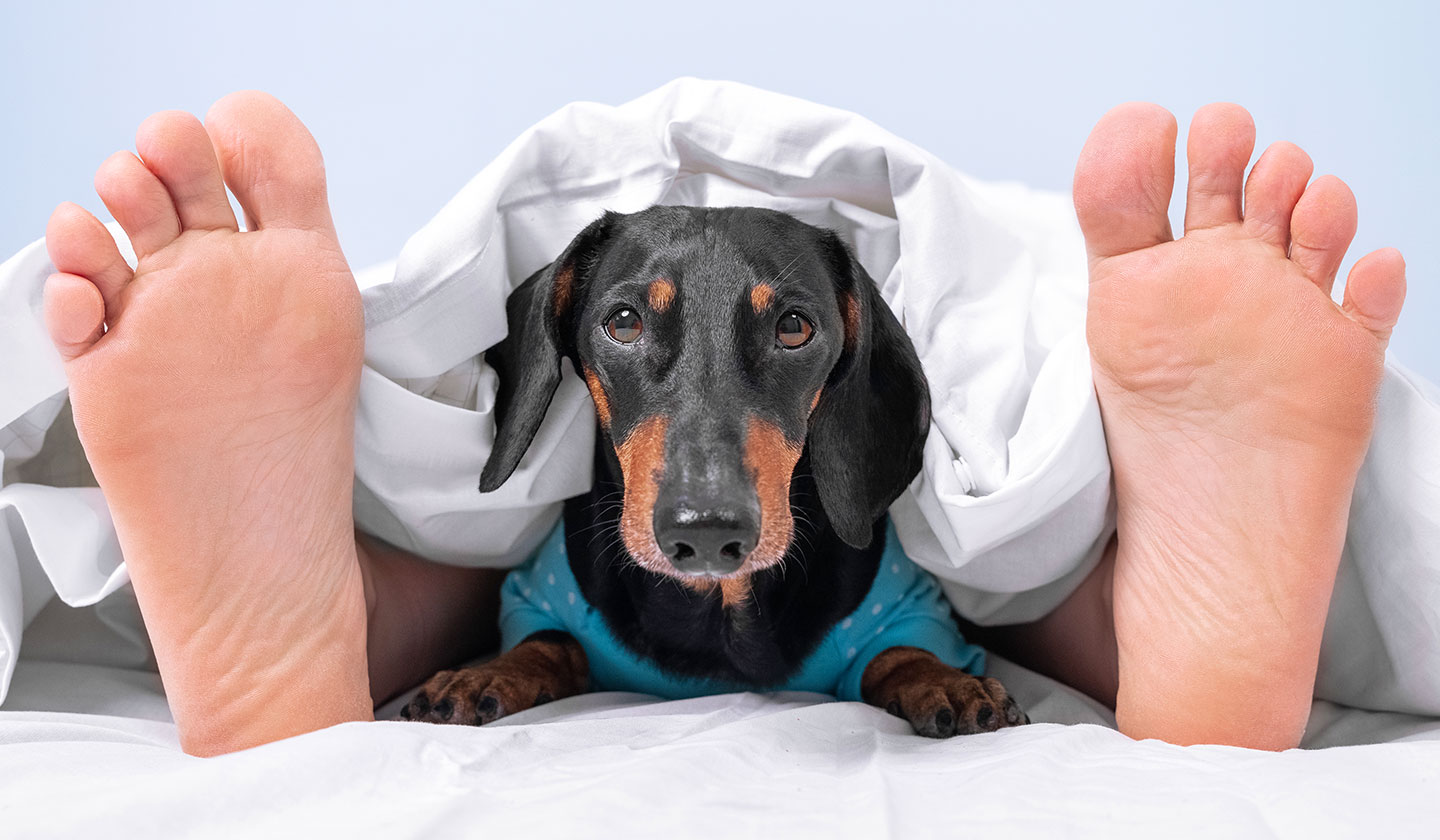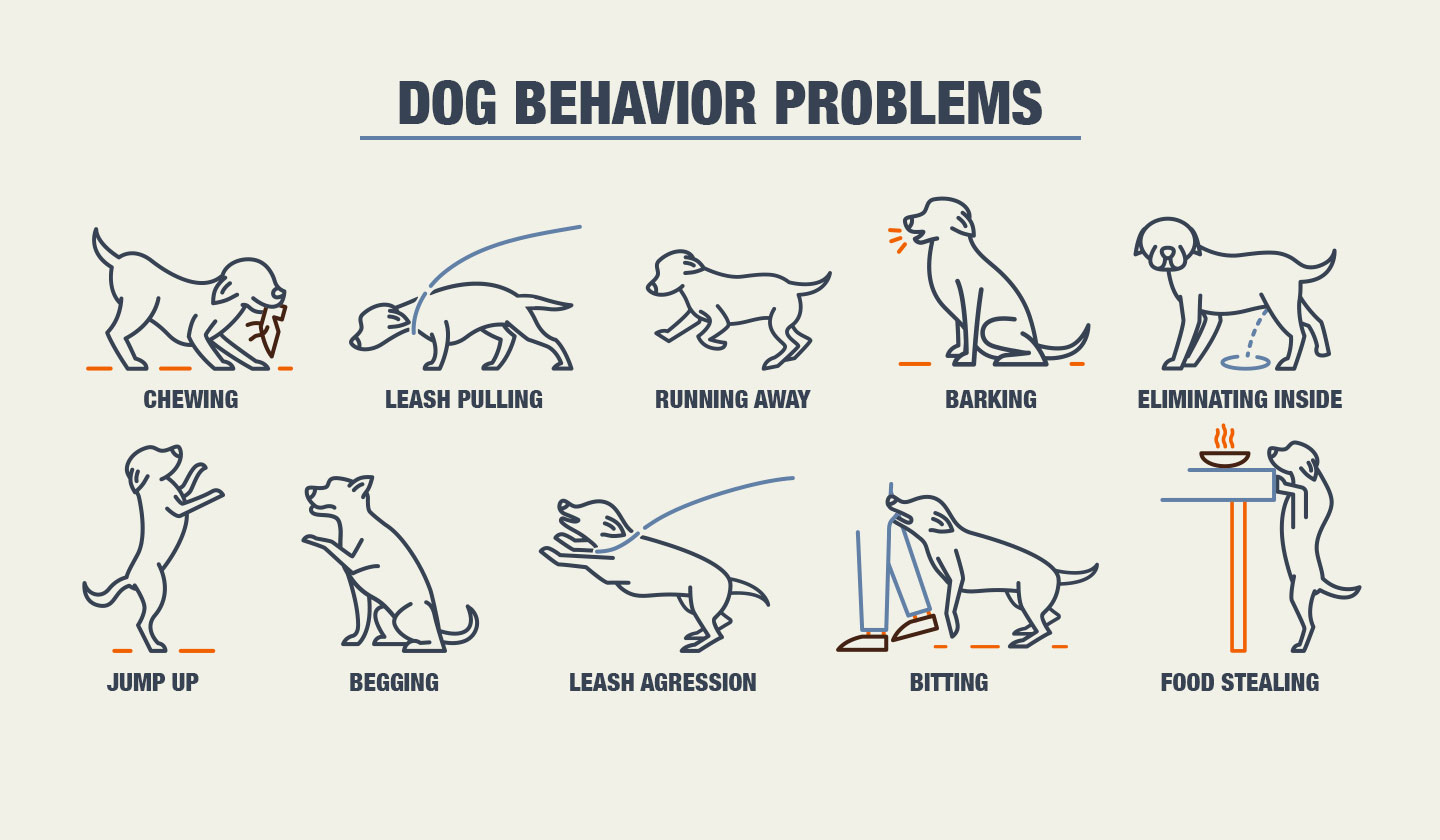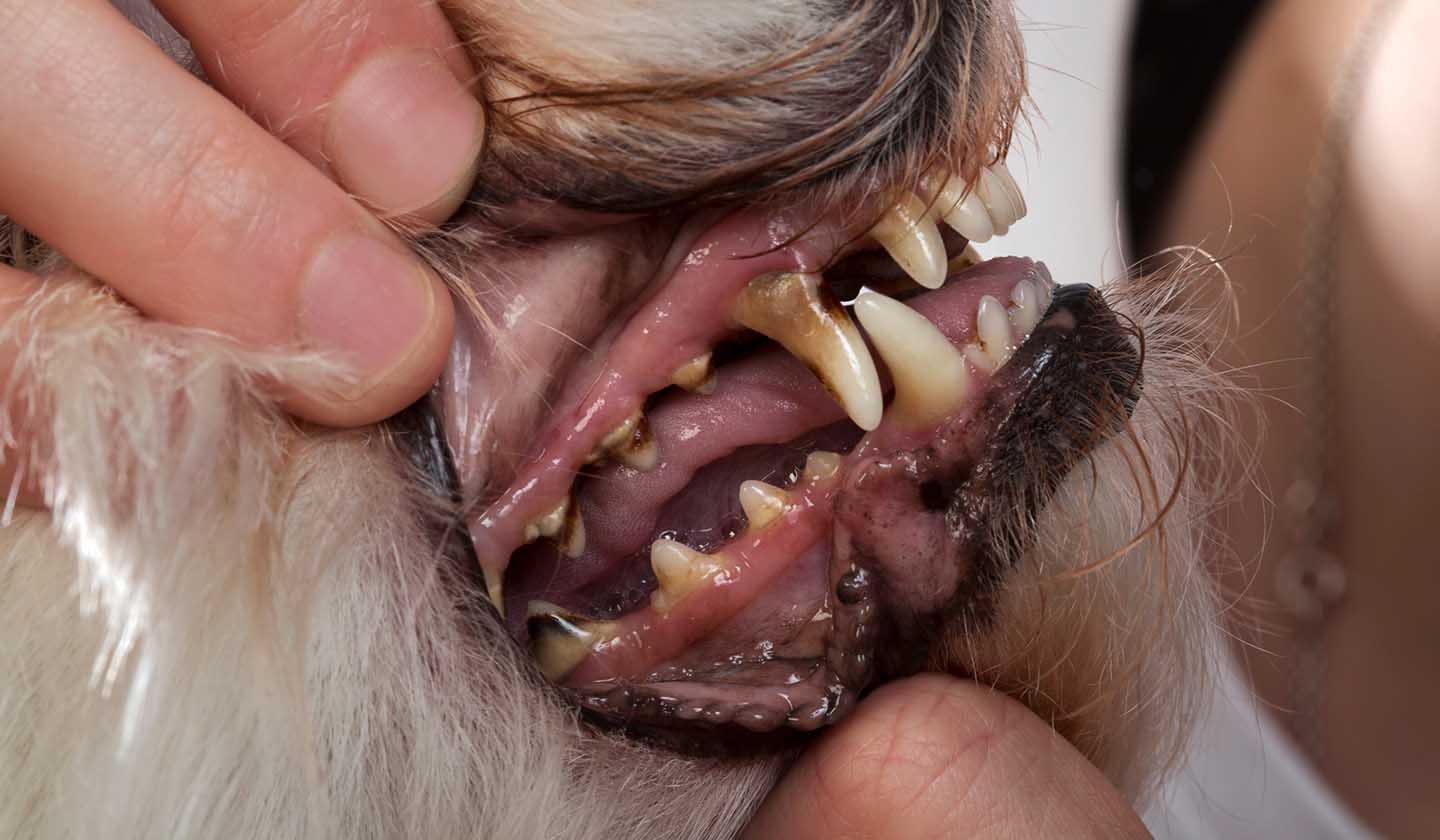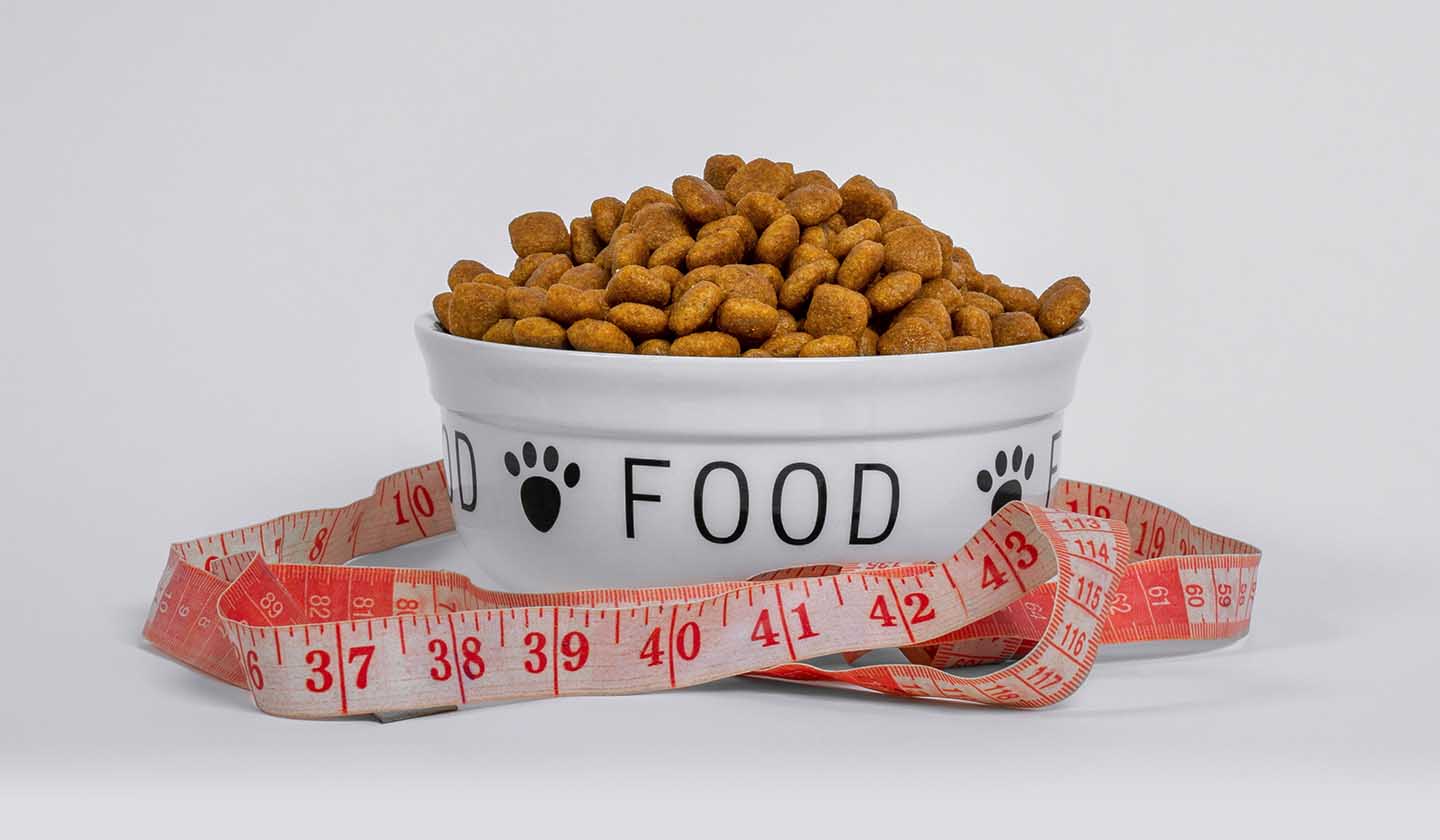Veterinary
Learn about your pet's habits

Cats and dogs are much more than just pets. For many people, they are like family members. Therefore, it is necessary to take care of them, for their health and to be aware of some signs of illness.

Get to know your pet
Animals are different in the way they relate to people. Some are more sociable, others are more independent, but they all have the ability to be part of a family.
It is essential that owners know their pets’ habits and behaviours, as changes at this level are often the first sign of illness.

Signs to monitor and record
Observing your animal is essential to see if something is wrong. If you notice any changes, write them down. That will be valuable information to pass on to the vet.
-
Behaviour - be aware of changes in movements, routines, sounds and the way the animal interacts with people and other animals;
-
Eating habits - watch what and how often the animal eats and drinks;
-
Urine and faeces - be aware of changes in the frequency with which your animal urinates and defecates, if you notice any difficulty or pain, and record any changes in the smell and colour of the urine, as well as in the smell, colour and consistency of the faeces;
-
Gum colour - indicates the amount of oxygen in the blood (they must be pink);
-
Skin on the back of the neck - pinch it and see if it takes a long time to return to the starting position. If so, the animal may be dehydrated;
-
Skin and coat - bald spots, wounds, changes in the coat brightness and texture can also be signs of disease;
-
Temperature, heart rate and respiratory rate - the temperature must be measured by inserting a thermometer into the animal's anus. The heart rate can be estimated through the pulse, felt for one minute with the fingertips on the inner side of the animal's thighs. The respiratory rate is estimated by observing the movements of the rib cage for one minute. To obtain the pulse and respiratory rate more quickly, count for 15 seconds and multiply the value by 4.
| DOG | CAT | |
| Temperature | 37,5ºC - 30ºC | 38,1ºC - 39,2ºC |
| Pulse | 60 - 180 Pulse per minute | 140 - 220 Pulse per minute |
| Respiratory rate | 10 - 30 Breaths per minute | 24 - 42 Breaths per minute |
-
Ears, eyes, nose, and mouth - these are favourable ground for infections, which often cause bad odours and/or discharge;
-
Genitals and breast tissue @media (max-width:350px){ .conteudos { height: 100%; width: 100%; } }

Pets - Important signs
Important signs of illness- Weight loss - especially if rapid and accompanied by fever, indifference vomiting, diarrhoea (or other changes in stool consistency, smell and colour), changes in urine (frequency, smell and colour), changes in appetite and/or drinking habits;
- Weight gain - especially if rapid and associated with apathy, increased thirst, reduced appetite, dull hair, hair loss and/or chills.
Sources
iSaúde
Farmácia Distribuição Magazine
Também lhe poderá interessar
Veterinary
Companion animals - With all the petting
Veterinary






